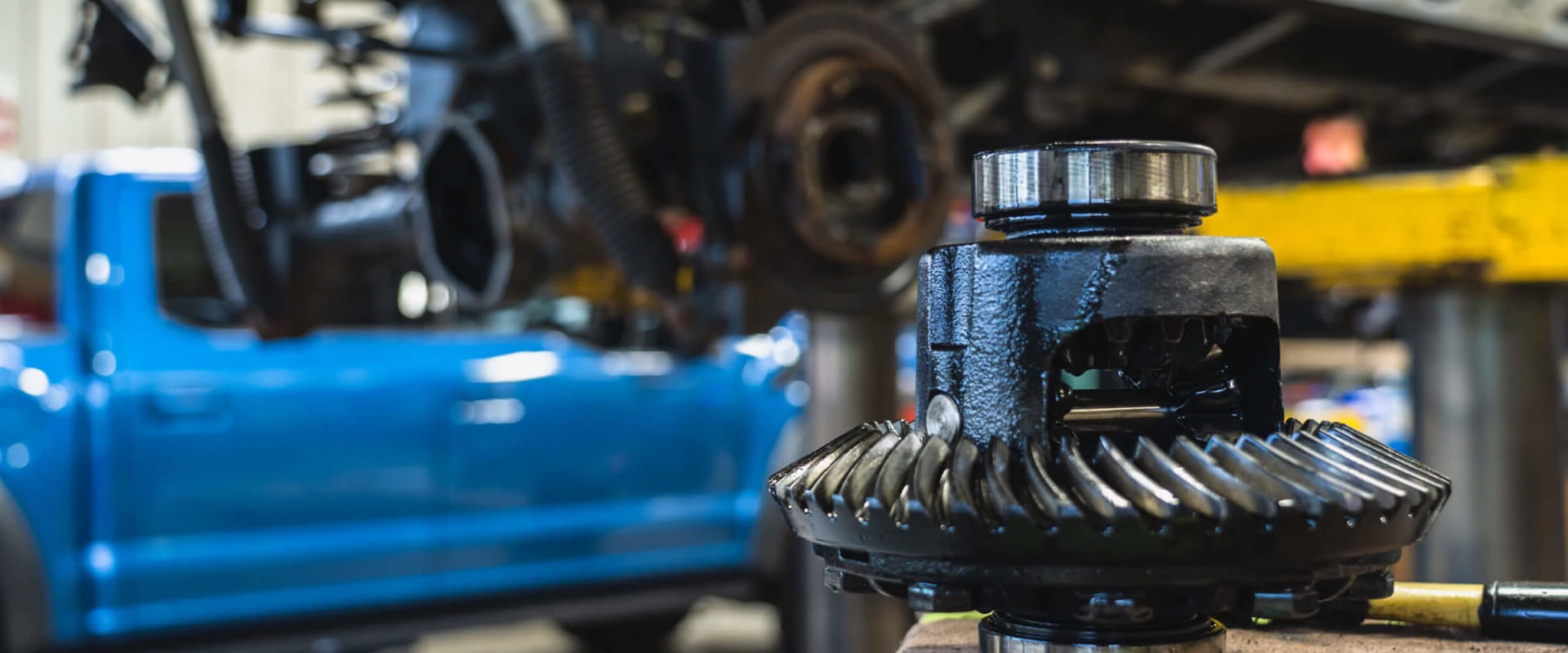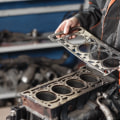Differentials and axles are essential components of any car's drivetrain. It's important to understand how they work and why they are so important, especially when it comes to shipping your luxury vehicle. In this article, we'll explore the basics of differentials and axles, and how they contribute to the overall performance of your vehicle. We'll also look at some of the different types of differentials and axles that are available, and how they can affect your vehicle's performance. We'll also discuss the maintenance and repair of differentials and axles, so that you can ensure that your luxury vehicle is running in top condition for as long as possible.
By understanding these important components of your car, you'll be able to make sure that your vehicle is running smoothly and efficiently for years to come. Differentials and axles are key components of a car's drivetrain. They are responsible for transferring power from the engine to the wheels, as well as providing the car with directional stability and control. Understanding how these systems work can help you make informed decisions when purchasing or maintaining a car. The first type of differential commonly used in cars is an open differential.
Open differentials allow each wheel to rotate at different speeds, such as when turning corners, while still providing equal power to each wheel. Limited Slip Differentials (LSDs) offer improved traction and stability by allowing only a limited amount of wheel spin. Finally, locking differentials prevent wheel spin altogether by locking both wheels together, resulting in improved traction in low-grip situations.
Axles
are responsible for transferring power from the differential to the wheels.There are two main types of axles: solid and independent. Solid axles are typically found in trucks and SUVs, while independent axles are more commonly used in cars. Solid axles provide superior strength and reliability, but lack the ability to adjust for uneven terrain or bumps in the road. Independent axles, on the other hand, allow each wheel to move independently of each other, resulting in improved ride quality and handling.
Differentials and axles work together to transfer power from the engine to the wheels while providing directional stability and control. When the driver turns the steering wheel, the differential sends power to the axle, which then transfers it to the wheels, allowing them to turn in different directions. At the same time, the axle also provides stability by keeping both wheels spinning at the same speed. This helps to ensure that the car moves in a straight line when accelerating or braking.
The Benefits of Differentials and Axles
Differentials and axles provide many benefits when it comes to driving a car.They allow for improved traction and stability, smoother ride quality, better handling, increased fuel economy, and improved safety. For instance, having a differential in your car will allow for easier maneuvering when turning corners. This is because the differential will allow for each wheel to turn at different speeds, which can help improve the car's traction and stability. Additionally, differentials help to reduce the amount of wear and tear on the tires by allowing them to spin at different speeds.
Differentials also help improve ride quality, as they are able to absorb some of the bumps and vibrations that occur when driving over uneven surfaces. This can lead to a smoother ride, especially for cars that have stiff suspensions. Furthermore, differentials can also help improve handling, as they provide better control over the car's steering and braking. Finally, having a differential in your car can lead to increased fuel economy.
This is because the differential is able to transfer power more efficiently from the engine to the wheels. As a result, less energy is wasted during the process, leading to improved fuel efficiency. In summary, differentials and axles are key components of a car's drivetrain. They provide many benefits, including improved traction and stability, smoother ride quality, better handling, increased fuel economy, and improved safety.
Understanding how these systems work can help you make informed decisions when purchasing or maintaining a car. Differentials and axles are essential components of a car's drivetrain system. They are responsible for transferring power from the engine to the wheels, as well as providing directional stability and control. Knowing how these systems work can help you make informed decisions when purchasing or maintaining a car. The benefits of differentials and axles are clear - they are essential for smooth and efficient performance of the vehicle. Understanding their functions can help you make the right choices when buying or servicing your car.
Investing in quality parts and regular maintenance can ensure that your car runs safely and efficiently for years to come.







